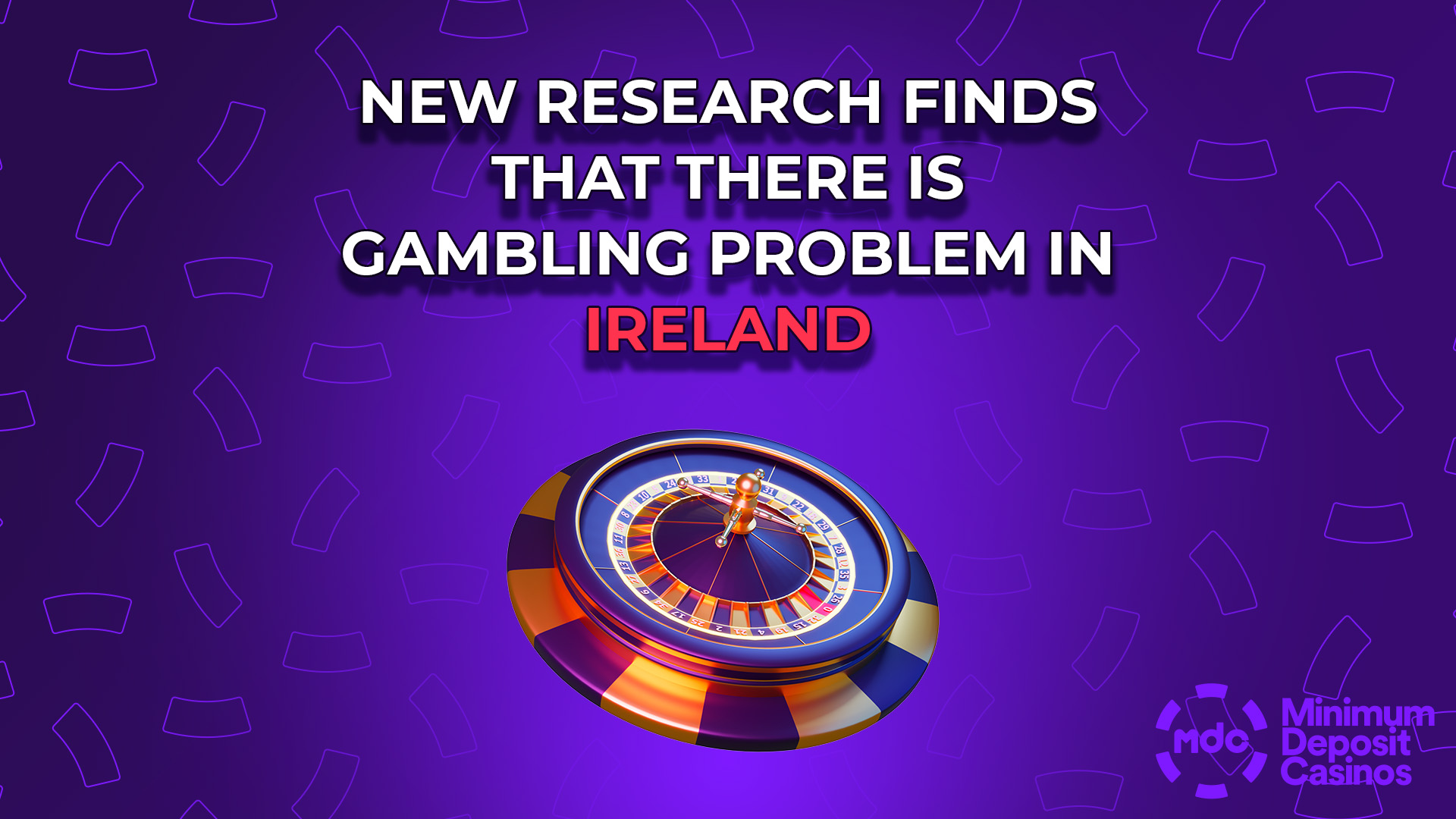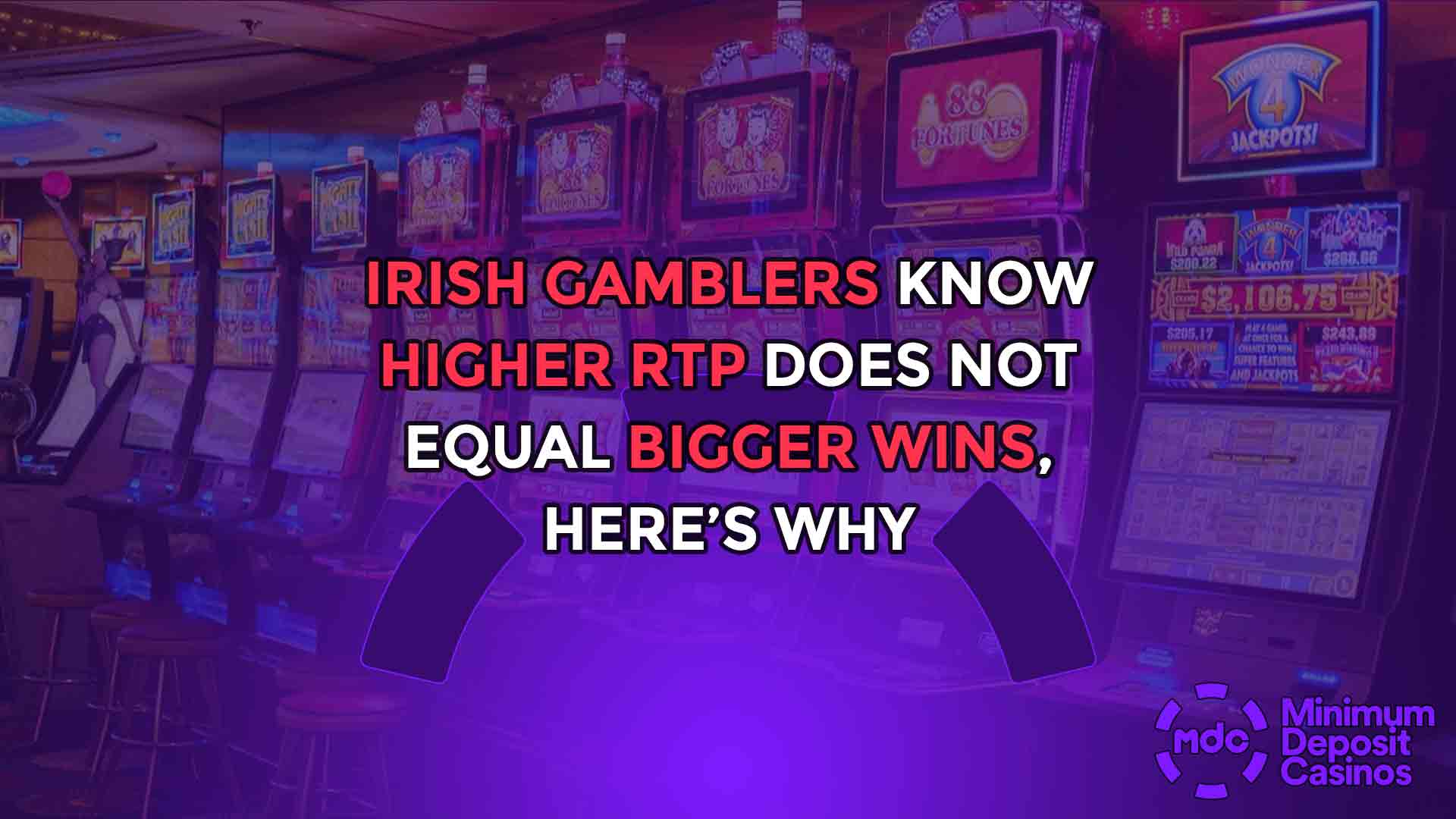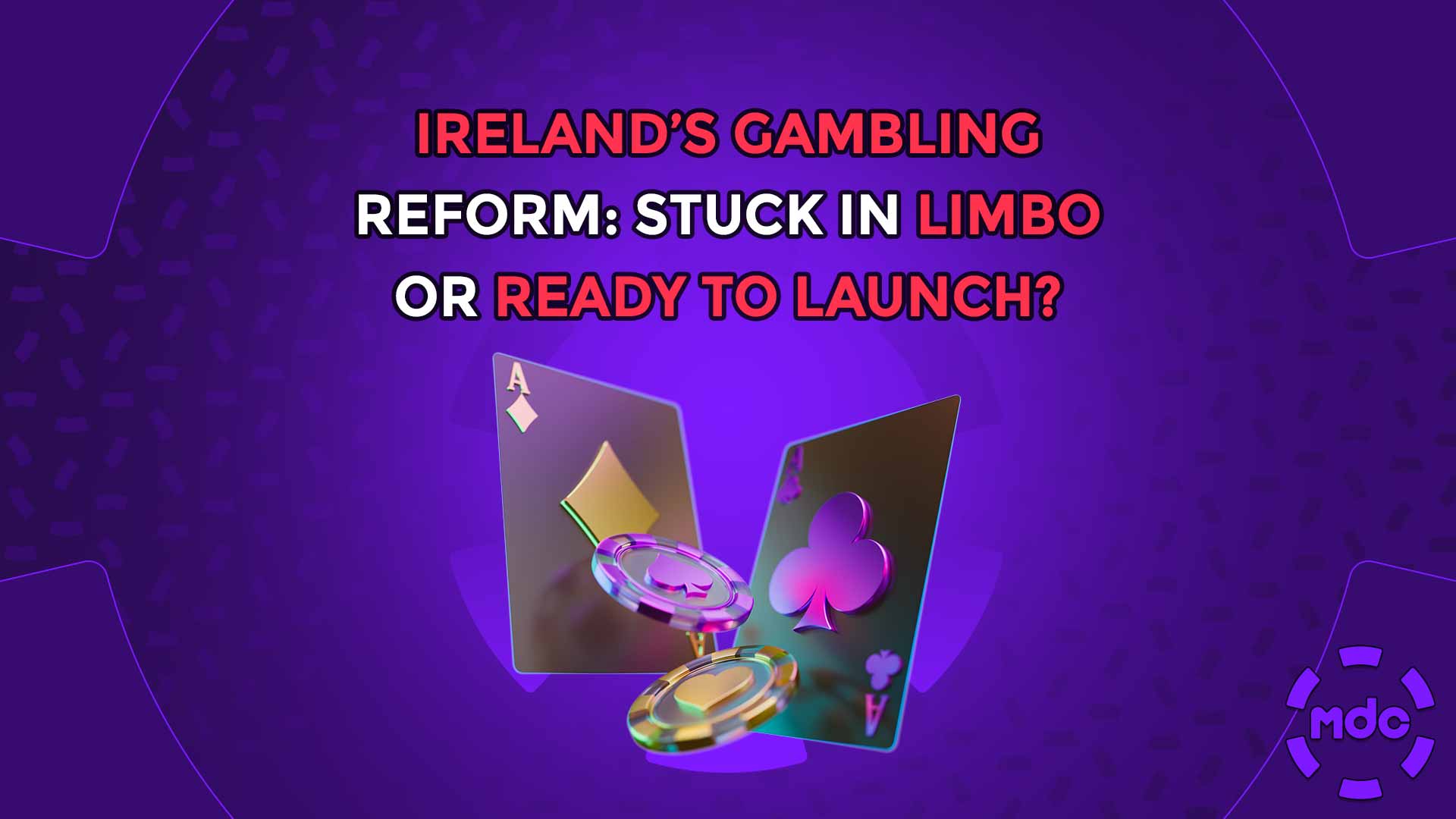
New research finds that there is a gambling problem in Ireland
Ireland’s gambling problem “could be larger than initial estimates,” according to new research from the country’s Economic and Social Research Institute (ESRI). It insists that this should be a main priority as calls heighten for the establishment of a new regulatory body, the Gambling Regulatory Authority of Ireland (GRAI).
The study was commissioned to provide evidence-based research that will inform the public about policy debate and decision-making surrounding gambling governance in all forms at Ireland Casinos. An initial estimate found that approximately 0.3% of the Irish population had a gambling problem with various issues such as addiction and significant debt as a result. In addition, 0.9% of Irish gamblers were classified as ‘’at risk’’.
Further to this, the institute highlighted that these figures were likely to have been underestimated due to biases with their survey tool. The ESRI hopes that the GRAI will work to control the county’s gambling problem and provide a safer industry for all stakeholders, including players and operators.
In recent media reports, CEO-designate of GRAI, Anne Marie Caulfield, was quoted as saying: ‘’a critical function of the new Gambling Regulatory Authority will be to create greater awareness of problem gambling and the support available to those that need assistance. If we are to successfully tackle problem gambling, we need to know the extent of the issue and how it is impacting on people’s lives. We have commissioned the ESRI to conduct a second study focused on measuring the extent of problem gambling and we anticipate results later this year. This new research study will ensure that our policy decisions and measures are evidence-based and informed by research.”
What will the core function of the new gambling authority be?
Caulfield said the ‘’critical function’’ of the GRAI will be to bring greater awareness to problem gambling and provide necessary steps regarding treatment and support services to players in need.
The ESRI study found several significant gambling issues and discovered that the societal burden of harm from problem gambling was substantial, most often caused by people with ‘’less severe issues.’’
Men and other young individuals from ‘’disadvantaged backgrounds’’ were identified as those at the greatest risk of problem gambling. Others affected by addiction and other mental health issues were also viewed as at risk.
But, Ireland is not a unique case, and these trends of problem gambling have been researched and witnessed across many international markets.
Where was problem gambling found to be more prevalent?
The research carried out in Ireland was done through a survey that involved tens of thousands of research participants. According to the results from the survey, approximately 0.3% of the Irish population (around 12,000 individuals) have problem gambling issues, with an additional 0.9% (roughly 35,000 people) classified as ‘’at risk.’’ The survey also noted that 2.3% (around 90,000 individuals) classified as ‘’low risk.’’
Professor Pete Lunn, head of the ESRI Behavioral Research Unit, was quoted as telling media: “There is an urgent need for better research to more accurately measure the number of problem gamblers and what can be done to reduce it. Based on current evidence, we are pretty sure that the true extent of the problem is hidden from public view, along with some of the forces behind it. We are currently planning research designed to change that.”
Based on the study, conclusions have been drawn regarding the prevalence of problem in Ireland. These include that:
- Problem gambling was prevalent among players engaged in high-frequency activities, like interactive online gambling, electronic gaming machines and casino gambling.
- There was strong evidence showing that gambling advertising boosts gambling activity and can induce players to spend more.
- Exposure towards gambling advertising increases gambling behaviour, and responsible gambling messaging has proven ineffective.
- Concerns were also raised about the targeted advertising demographics, the offering of financial incentives to gamble, and the increasing nature of gambling advertising.
- Young people could serve as a gateway to real gambling when they reach legal gambling ages. These include social casino games and ‘loot box’ purchases in video games.
- There are a series of research gaps that need to be addressed to inform policy in Ireland. These include:
- The underestimation of problem gambling prevalence.
- The limited survey evidence on public attitudes towards gambling.
- A lack of understanding of the effects of different marketing techniques.
With approximately €2 billion of gross gambling revenue by the end of 2022, it is easy to conclude that the gambling industry in Ireland is thriving, and there is plenty of scope for further growth. However, a major concern currently affecting the industry is the threat of problem gambling and the inadequate measures to address problem gambling. The ESRI has provided insight into the extent of problem gambling in Ireland, and plans are in place to address this significant problem.
The GRAI is set to be fully operational by autumn 2023 and is expected to bring significant changes to the industry in the country. One thing is certain: as long as the gambling industry continues to grow in Ireland, the threat of problem gambling will exist. It’s the responsibility of the GRAI, betting operators and other relevant stakeholders to understand and address the issues surrounding it, provide better measures in evaluating the percentage of problem gamblers, and promote responsible gambling practices in the industry.






